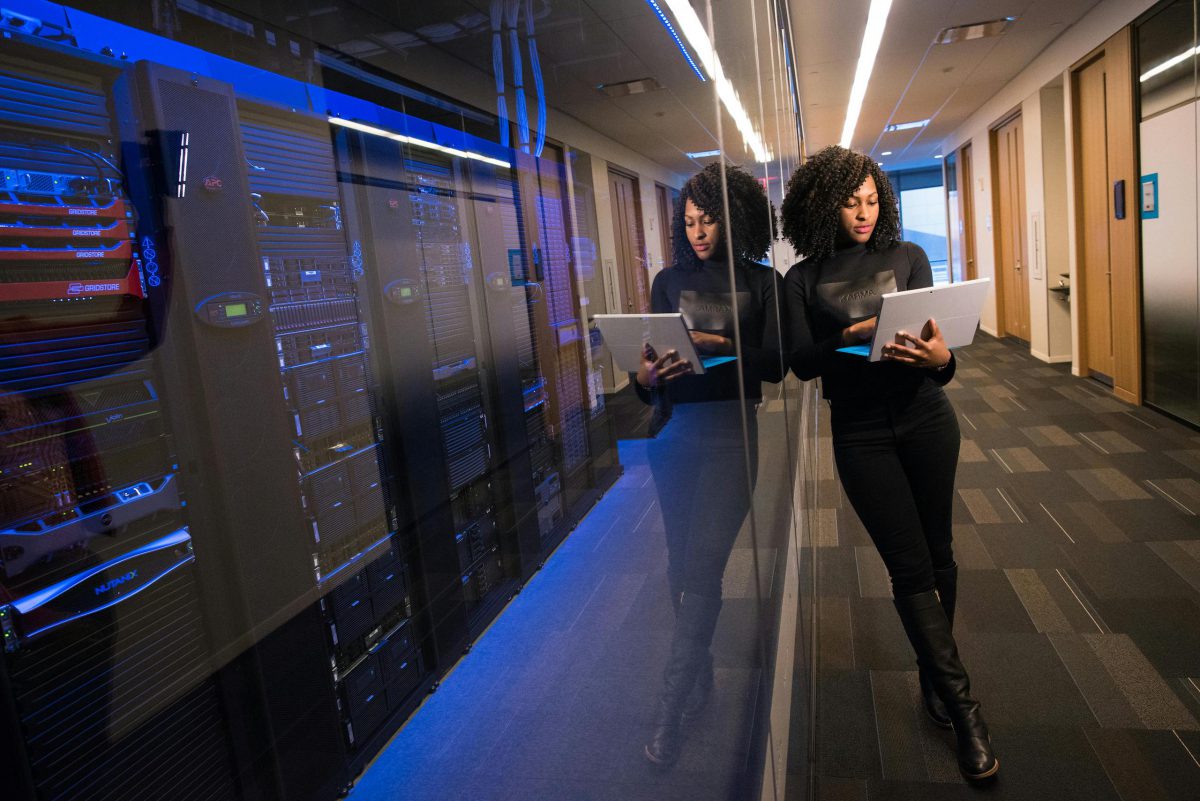Unconscious bias is everywhere. We may not always notice it, but that doesn’t stop it from doing damage. Which is why tackling unconscious bias in hiring practices couldn’t be more important.
We’re all guilty of it. And when we think we’re not…that’s usually when we’re more likely to be guilty of it.
Picture someone in the following professions:
- Doctor
- Pilot
- Soldier
Did you picture men for all three of them?
That’s unconscious bias.
What about these professions?
- Nurse
- Kindergarten teacher
- Hairdresser
Thinking of a female?
Still unconscious bias.
It seeps into our lives without us even realizing it (hence why it’s called unconscious bias).
For us to mitigate its effects, and work toward eradicating it, we have to take conscious steps to change our environment and thought processes. And make an ongoing effort to reduce it.
One of the areas that’s especially important for HR to pay attention to is tackling unconscious bias in hiring practices.
From focusing on different skillsets based on someone’s gender, to not interviewing someone at all because of their name, there are lots of ways that bias plays a role.
So, let’s look at some tips for tackling unconscious bias in hiring practices to set you up for success:
Check job descriptions for inclusive language
Words like “ambitious” or “competitive” have very different connotations from words like “empathetic.” Even “management” can have more masculine connotations.
It’s easy to let unconscious bias slip into the language we use (it is unconscious, after all).
That’s where using a tool that can help you spot unconscious bias in your job descriptions can be useful. It’s a great starting point for tackling unconscious bias in hiring practices.
Create a more diverse hiring team
If a hiring team contains just one woman, that team is less likely to hire another woman.
With a token female onboard, the men think they have to worry less about diversity.
But the woman is afraid that if she backs a female candidate, the men will think she’s playing favorites.
So what you actually need is more representation throughout the hiring process. Have at least two females on a hiring panel, two people of color, etc. This can set you up for greater success when tackling unconscious bias in hiring practices.
Implement anonymous hiring
In an eye-opening study, male and female managers thought male candidates would be more competent in a role.
This was more likely to happen at organizations that believed their profession no longer had any gender bias.
It was mostly men who felt this way, but the women who felt this way undervalued female employees just as much as their male counterparts.
A female applicant is 30% less likely to be invited to an interview than a man who’s just as qualified.
Anonymous hiring, often called blind hiring or recruitment, removes information that could inform hiring managers about candidate characteristics such as someone’s gender, race, age, or socioeconomic status.
Studies in Europe, Canada, and the US showed that this hiring technique improved the numbers of underrepresented hires in organizations that still struggled with tackling unconscious bias in hiring practices.
Test them before you question them
When you assess someone’s skills before interviewing them, you have concrete evidence of their abilities before you ask them any questions.
This makes it easier to judge them based on the quality of their work, not traits such as their gender, race, or even their likeability.
Likeability isn’t a measure of competence but it can have an impact on which candidate hiring managers prefer. This can work against people who don’t conform to societal stereotypes or who are neurodivergent.
Ask everyone the same questions
Women are more likely to be hired for their past achievements, while men can be hired for their potential. Meaning that questions can go in different directions.
Hiring managers can also end up with different expectations because of someone’s background.
When you ask everyone the same question, it creates a fairer playing field. You then have comparable data between applicants to help you make a more informed, data-driven decision.
Relying on facts rather than feelings is crucial to tackling unconscious bias in hiring practices.
Don’t ask about gaps in employment
Many people have gaps in their employment, whether that’s because they took time off to raise a family, travel, or because of an illness.
Asking why there’s a gap in someone’s employment makes them feel like they did something wrong by not prioritizing work, living their life, or getting sick.
There’s also then the risk of discrimination against that person because they’re a parent, they choose not to be, or they have/had a long-term illness.
Set targets
Having targets—and tracking your progress toward achieving them—keeps everyone within your business accountable. It keeps diversity initiatives front of mind instead of them becoming an afterthought during your hiring process.
This data also means that you have hard evidence to prove how well you’re really performing, rather than operating on gut instincts and overconfidence. Which helps maintain motivation toward achieving the targets.
One trackable target you could set could be quotas. While many people dislike the idea of them, they do make a difference. Especially in the early days.
Quotas weed out incompetent applicants who benefit from their societal privilege, giving more opportunities to underrepresented talent.
Conclusion
Unconscious bias is an inevitable part of being human, but that doesn’t mean it isn’t fixable. Tackling unconscious bias in hiring practices requires active work to ensure the best candidate is hired regardless of demographics.
Some of the steps businesses can take to remove bias include blind applications, setting competence tasks, and asking everyone the same set of questions so that they can be compared fairly.
It’s also important to encourage employees to network with colleagues with whom they have things in common, especially when they’re new to the organization. This creates a sense of belonging in the workplace, helping ensure underrepresented hires stick around and don’t feel isolated because they don’t fit in.
Looking for ways to maintain your gains after tackling unconscious bias in hiring practices? Workrowd has the tools you need.
From fostering genuine connections between team members, to keeping everyone informed and included, our all-in-one platform can help you overcome bias to build a more engaged and productive workplace. Plus, with real-time analytics, you always know what’s working, and where you should focus your efforts.
Want to learn more? Visit us online or send us an email at hello@workrowd.com.














